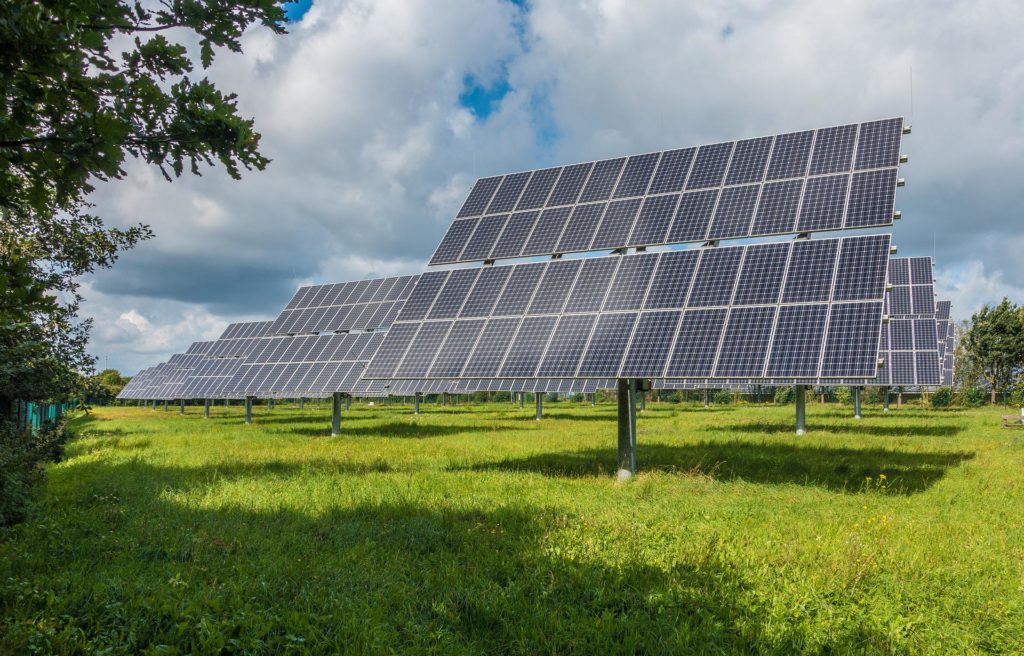
In the past few weeks we’ve seen both Australia and the United States pass into legislation historic, momentous Climate Bills. This has been met with some surprise, a lot of relief and cautious optimism in the respective nations. All in all, these are excellent legislative moves, ensuring that the serious actions required to mitigate the worst of the climate emergency have a pathway to fulfilment. Let’s address this head on: are either of these pieces of legislation perfect? Of course not! But nothing ever is, right off the bat. And remember, every journey of a thousand miles starts with just one step.
The 2022 Climate Change Bill – Australia
This Bill enshrines into law that Australia WILL reduce greenhouse gas emissions by (at least) 43% from 2005 levels by 2030, and achieve net zero by 2050! Importantly, it stipulates that this 2030 target is a floor, not a ceiling. So we would hope, and expect, that this target will be beaten. In fact, the Greens gave Labor quite a hard time over this, a target which Party leader labeled as “weak”. Based on government projections prior to the Federal election in May 2022, Australia would have reached about 30% reduction in GHGs by 2030 – without raising another finger. So the Greens have a valid point – but putting a pin in the Bill altogether because it lacked ambition would have been the epitome of cutting off your nose to spite your face.
Another really interesting requirement is that both the 2030 and 2050 targets must be taken into consideration by government agencies when they are making decisions on investments. The potential for reduced funds being available to those companies doing the wrong thing is going to be very impactful.

Since 2012 Australia has had an operational Climate Change Authority – an independent statutory body tasked with providing independent advice to government on climate change policy. For much of the time in existence however, it’s been essentially gagged. The previous Government failed in trying to abolish it, so instead just ignored them. With the change of Government in May 2022, and the passing of the 2022 Climate Change Bill, this Authority has been welcomed back in the room! They are required to work with the Minister for Climate Change and Energy to track all progress on targets and give advice on new targets. The advice, and whether or not the government followed it, will be made publicly available. This collaboration will help the Minister write the now-requisite annual statements to the Parliament on Australia’s progress – and failings, if any.
The final key action included in the Bill is that it will embed the national target into the workings of key government agencies, like ARENA (Australian Renewable Energy Agency); CEFC (Clean Energy Finance Corporation); NAIF (Northern Australia Infrastructure Agency); Infrastructure Australia. This is another really powerful tool.
The intricacies of the government’s plan to achieve this emissions reduction is still lacking. But there is at least the beginnings of one. And yes, there are a few missing pieces: securing the future existence of the Climate Change Authority; the funding to cut emissions from electricity, industry, transport or agriculture; and a roadmap between 2030 and 2050. The conversation will soon turn to targets by 2035 – ideally, that can’t be as unambitious as the 2030 target. But without this Bill Australia would continue to be (rightly) labelled a problem child in the global aims to mitigate climate catastrophe.
The Inflation Reduction Act – United States
It doesn’t say in the title, but this legislature is incredibly important for ensuring the US can fight the climate crisis. $369 Billion with a B has been promised to climate solutions and environmental justice! Experts suggest that the Act will deliver 31-42% GHG reductions below 2005 levels by 2023 – this target hasn’t bee legislated. But President Biden is actually aiming for 50%! Some of the inclusions are excellent, accessible pathways for folks to reduce the cost of their energy. This will happen by making the clean energy tax credits available for a further 10 years and providing funding for low income families to electrify their homes. And to help achieve this $60 Billion will be invested in locally manufacturing solar panels, batteries, and other clean energy equipment.
With the transport sector being a high contributor to US overall GHG emissions, there’s a welcome $7 Billion in this area, for electrifying 217,000 US Postal Service vehicles; reducing air pollution from high emissions zones around ports by switching to zero emissions equipment and technology; and introducing low and zero emissions heavy-duty vehicles, like transit and school buses and garbage trucks. These last two points really go to addressing legacy pollution created by racial redlining and environmental racism. That said, the $60 Billion allocated to environmental justice and health equity will not be adequate to move the needle on these issues as much as we’d like.

Another big splurge is in agriculture, with access to $20 Billion for farmers and ranchers to learn about and deploy regenerative farming techniques. You might want to check out our piece on these such methods here. We know that when it comes to carbon sequestration, we still don’t have tech that can compete with nature. So in addition to reducing emissions must be focus on removing those already there. It’s therefore important that $3.9 Billion will be dedicated to protecting mature and old growth forests, regenerating coastal ecosystems and reducing risks for endangered species by caretaking key habitats.
So what about the downfalls? Well, there are actually provisions in the IRA for further oil and gas exploration. Yep, that’s hard to swallow. The Gulf and Mexico and Alaska’s Cook Inlet must have parts of them offered up for oil and gas development. And if there are to be offshore wind and solar projects approved, the government must also extend oil and gas leases. And unfortunately there are tax credits and subsidies for the white elephant, carbon capture and storage (CCS).
The long story short is that the move by both of these high carbon emitting and wealthy, developed countries is absolutely a welcome one! It’s a start, a launching point, which a few months ago we didn’t have. It’s the first step in a long journey. And I’m so very grateful that this has been taken, perhaps ending the endemic ‘delay-ism’ which has been made these countries laggards of climate action. So let’s take a moment to celebrate this win! Then get back to applying pressure to our local elected officials to ensure this momentum is maintained – or better yet, increased!


